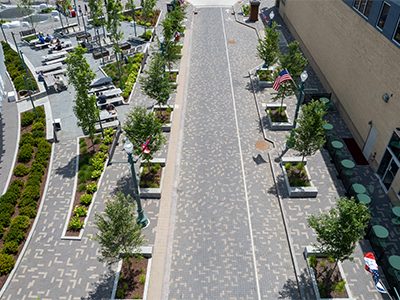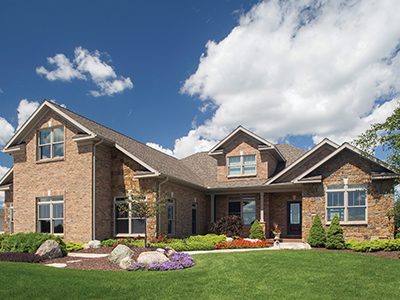About Us
The Belden Brick Sales Company has a history of more than 80 years that includes a longtime association with The Belden Brick Sales Company. While we offer brick, stone, and other masonry products from many vendors, we are proud to offer products from Belden Brick to our commercial and residential customers.




